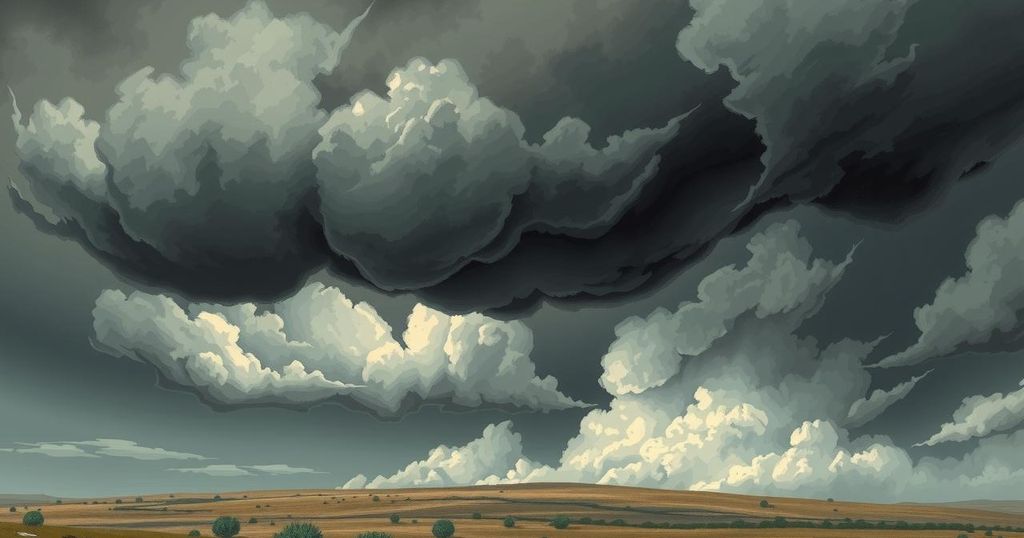Addressing the Rising Threat of Cut-Off Lows and Climate Change

A study indicates that cut-off lows, or persistent storms leading to heavy rainfall, are increasing in intensity and shifting northward due to climate change. These changes pose significant flooding risks, especially for regions like Canada and northern Europe. Experts emphasize the importance of proactive adaptation measures and reducing carbon emissions to mitigate future impacts.
Recent research indicates that emerging weather phenomena, particularly cut-off lows, are intensifying due to climate change. These storms, which result in prolonged heavy rainfall, are transitioning northward and occurring earlier in the year. The study, published in the journal Communications Earth & Environment and conducted by scientists from the Wegener Center and collaborating institutions, highlights that regions such as Canada, northern Europe, Siberia, and China must adapt to these changes in weather patterns.
The shift toward more frequent and severe flooding poses significant risks, as these cut-off lows can linger, unleashing extreme rainfall on already vulnerable regions. Such flooding can inflict substantial damage to property, infrastructure, and even result in loss of life, as evidenced by recent catastrophic events like the 2021 floods in Germany and similar incidents in central Europe.
To mitigate these risks, experts emphasize the necessity of adapting flood defenses and implementing measures to manage future rainfall effectively. Project leader Douglas Maraun advocates for developing early warning systems and restoring natural flood defenses, such as wetlands, to absorb additional water. Upgrading urban infrastructure to include features like permeable pavement is also essential for improved drainage during heavy rains.
Global initiatives to reduce carbon emissions remain crucial; transitioning toward renewable energy sources, enhancing energy efficiency, and engaging in reforestation efforts are vital strategies to combat climate change. The decisions made today regarding climate action will substantially influence our future resilience against increasingly severe weather events.
The rise of intense cut-off lows represents a significant challenge posed by climate change, as these weather systems bring more frequent and severe flooding. Communities, particularly in certain vulnerable regions, must prepare strategically for earlier and prolonged rainfall. By pursuing both adaptation measures and emissions reduction, society can mitigate the detrimental impacts of these changing weather patterns. Proactive choices today can significantly shape our ability to withstand tomorrow’s climate challenges.
Original Source: www.thecooldown.com






